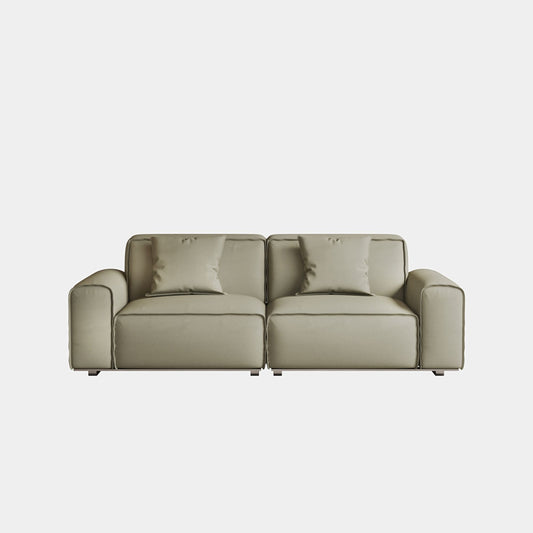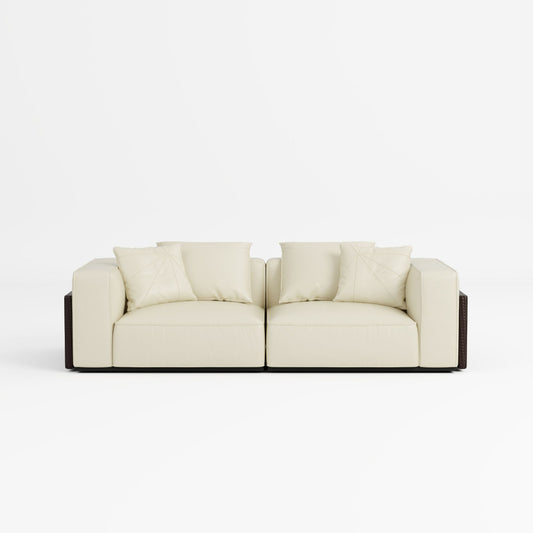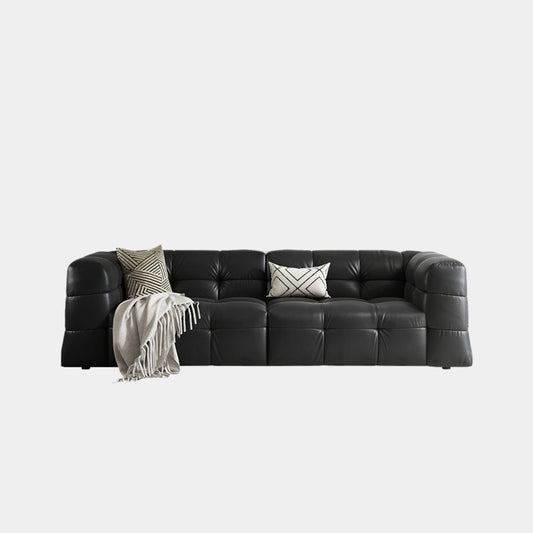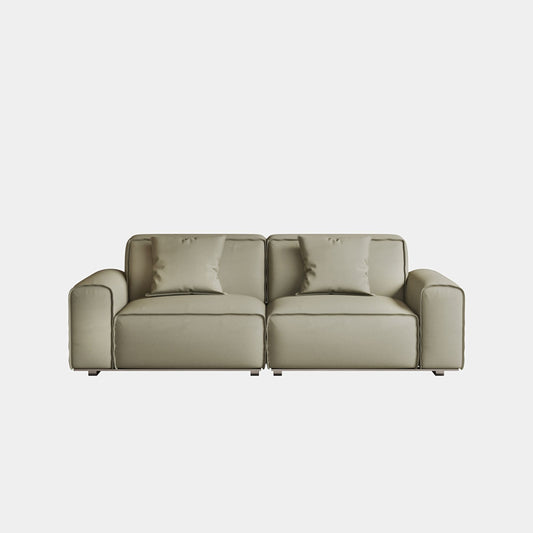Delivered Inspirations
2 Seater Samples

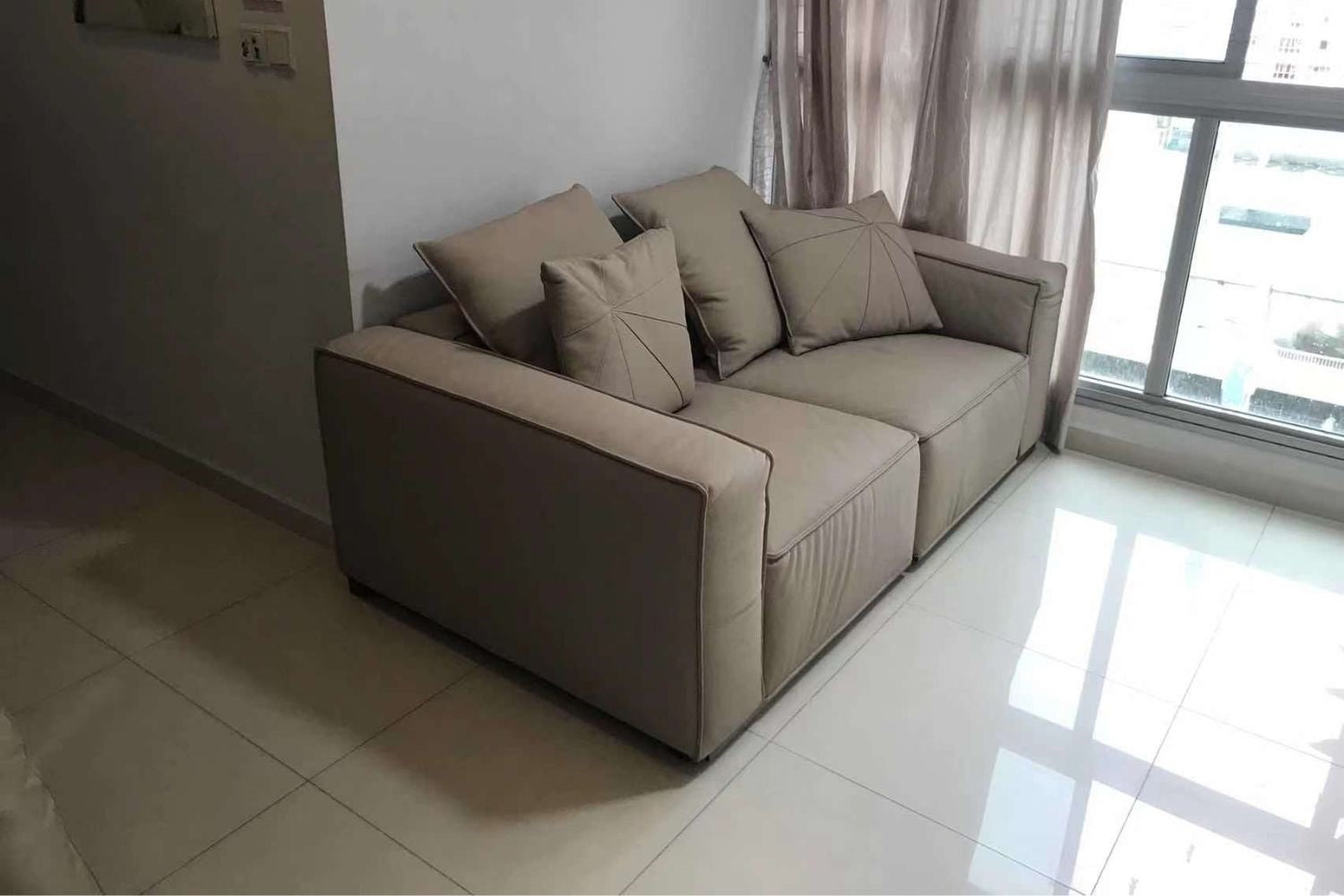


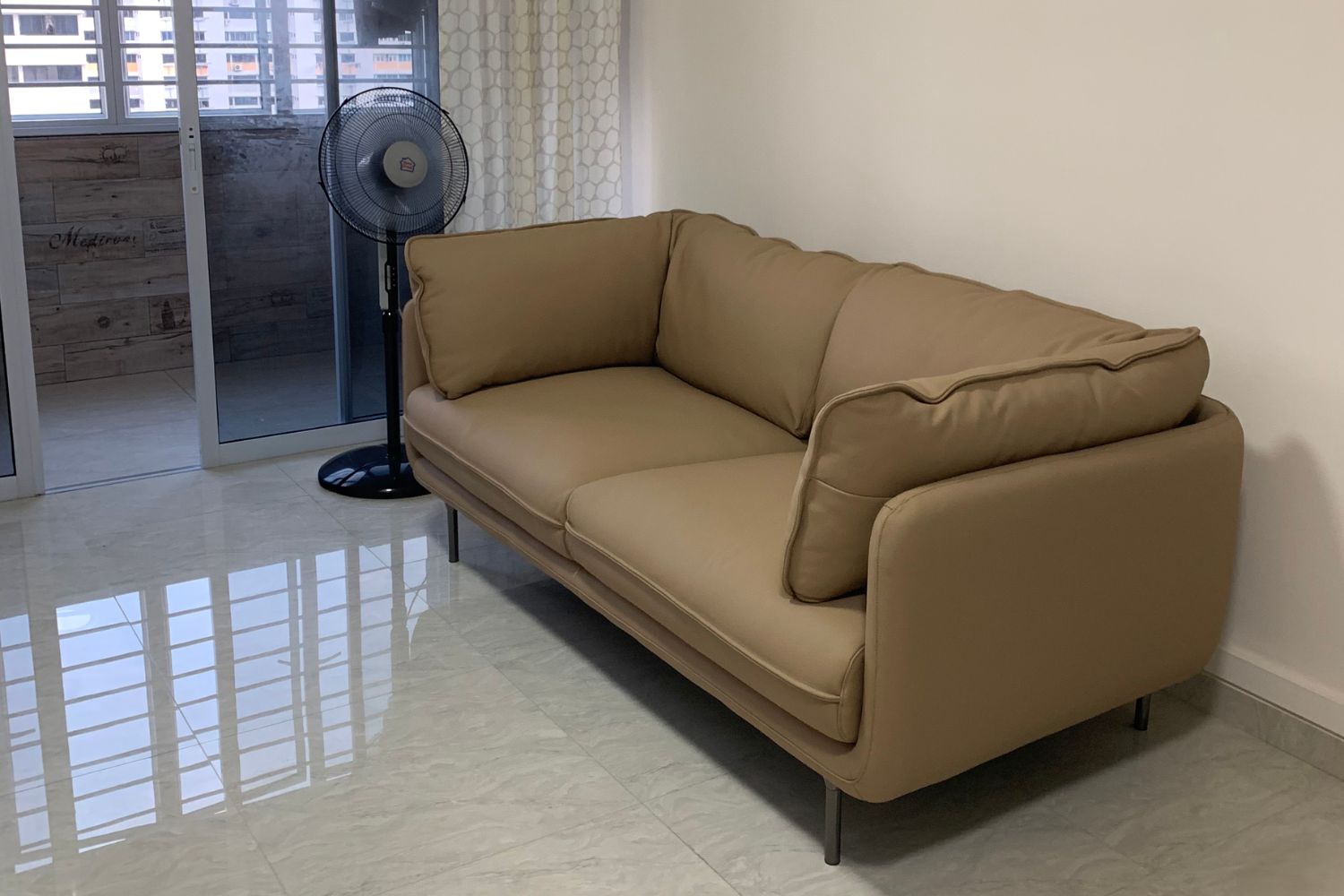



3 Seater Samples

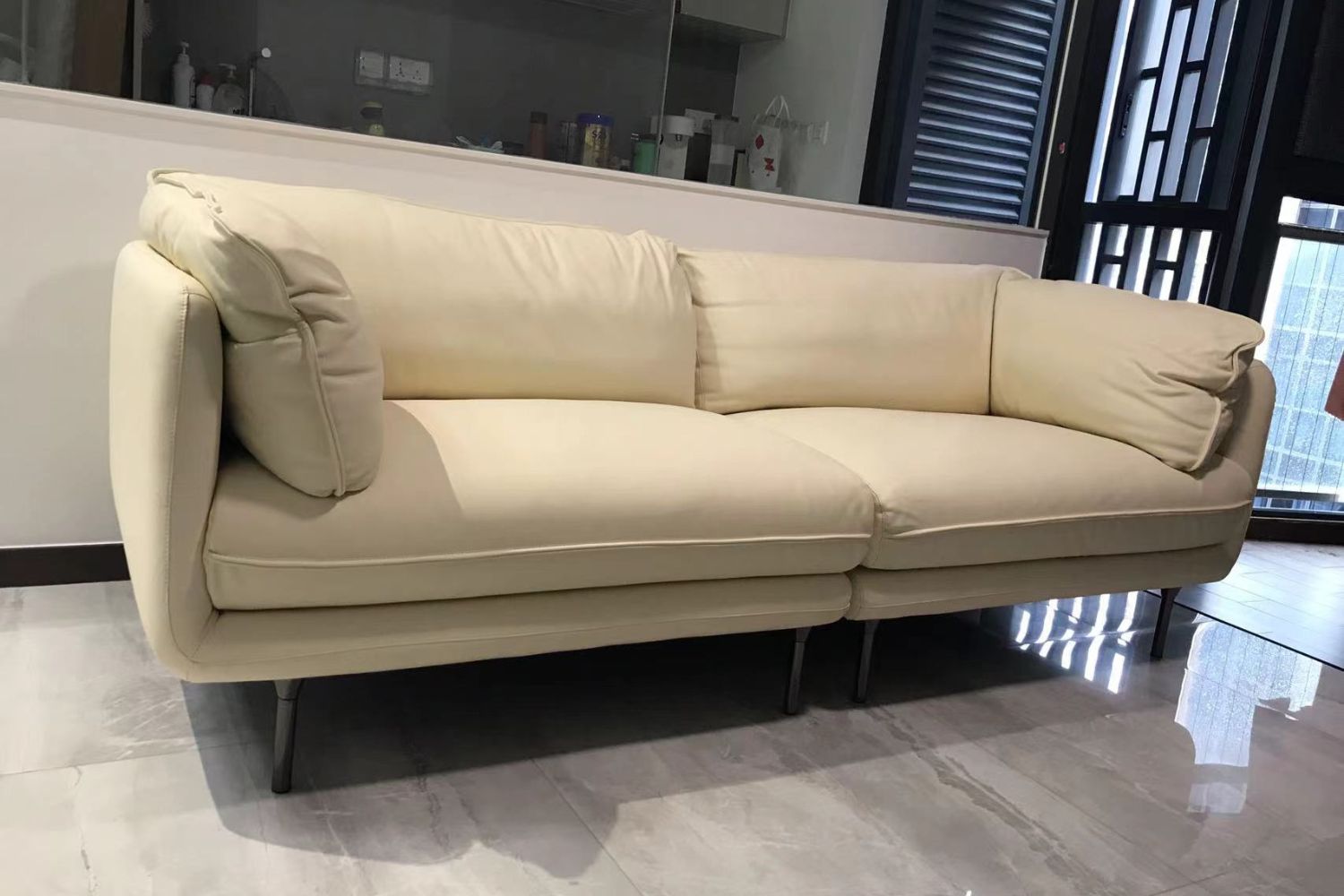





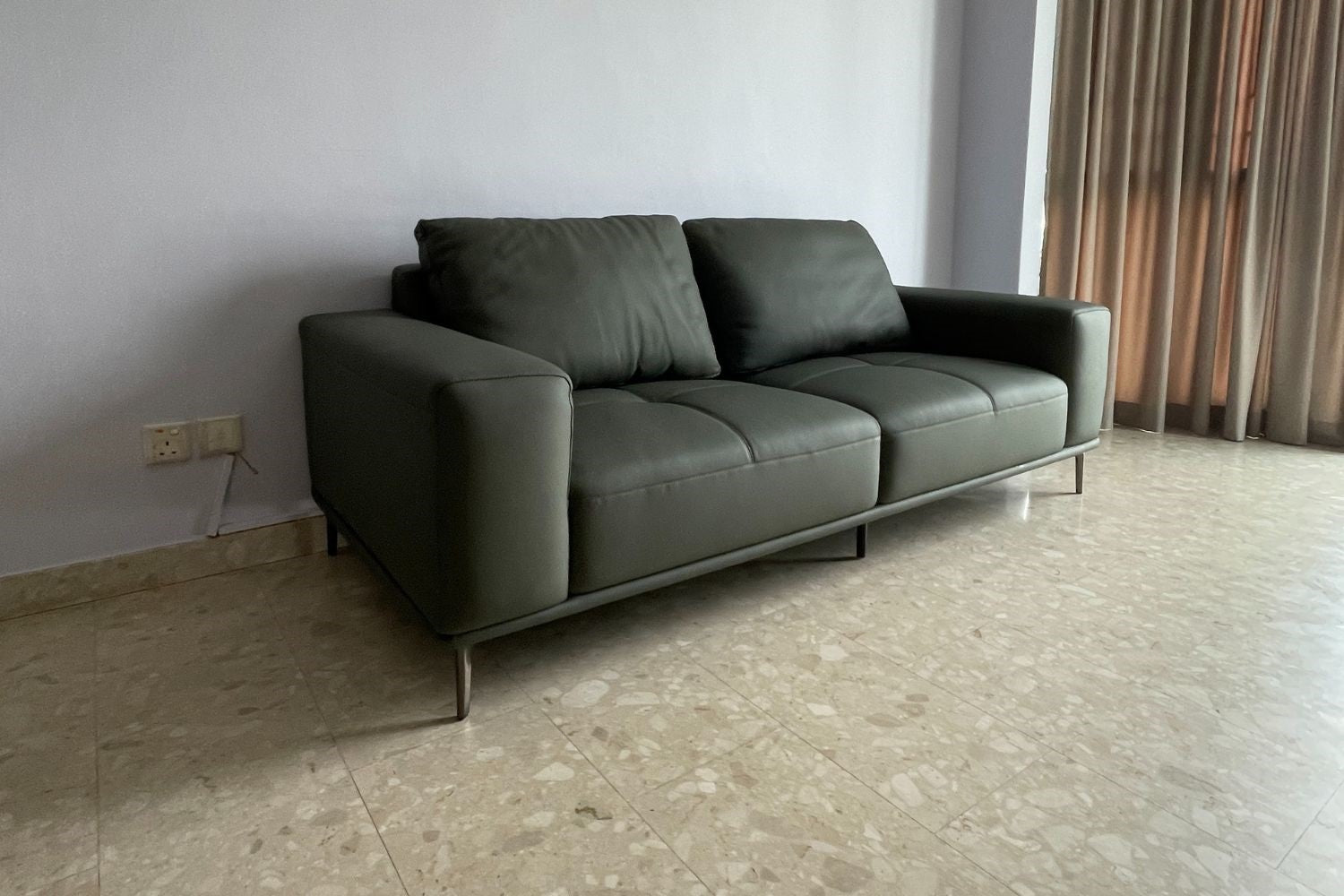




4 Seater Samples


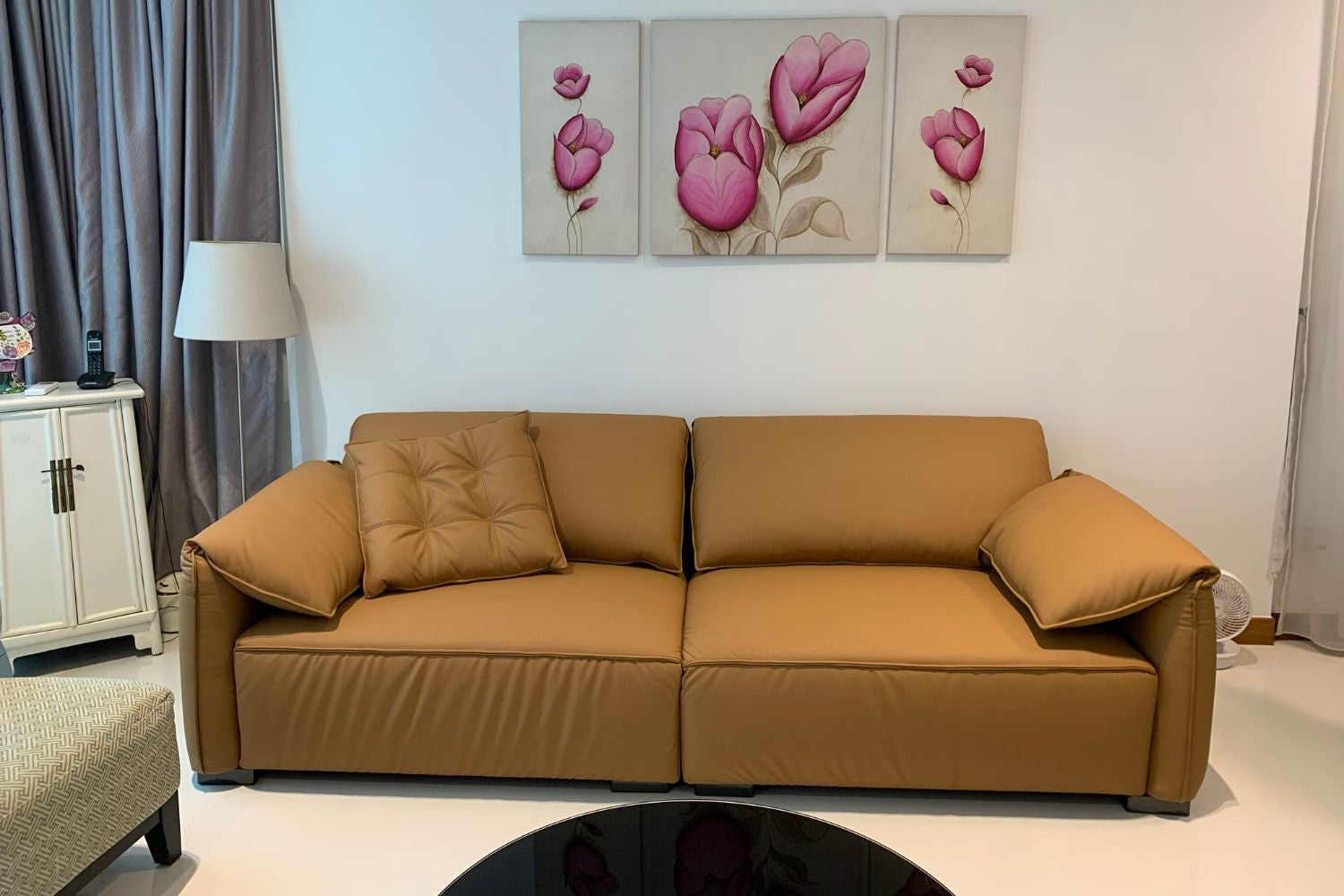

Upholstery Customization Options
Leather Options
Check out more information about our leather options here.
Matte Top Grain Leather Series
Matte top grain leather with different grain finishing. 3 leather series, Remy, Lucas and Brady, available.

Remy 571: White

Brady 71: Beige

Lucas 805: Beige

Remy 509: Orange

Brady 61: Brown

Remy 911: Green

Brady 63: Green

Lucas 808: Grey

Lucas 807: Dark Grey

Brady 92: Black
Glossy Top Grain Leather Series
Glossy top grain leather with waxed surface. 2 leather series, Sky and Ona, available.

Omega 109: Red
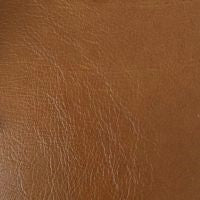
Sky 03: Brown

Sky 12: Brown

Sky 11: Dark Brown

Omega 07: Dark Brown

Omega 8289: Green

Omega 05: Black

Ona 10: Grey

Ona 23: Black
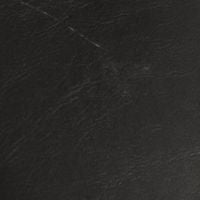
Sky 01: Black





